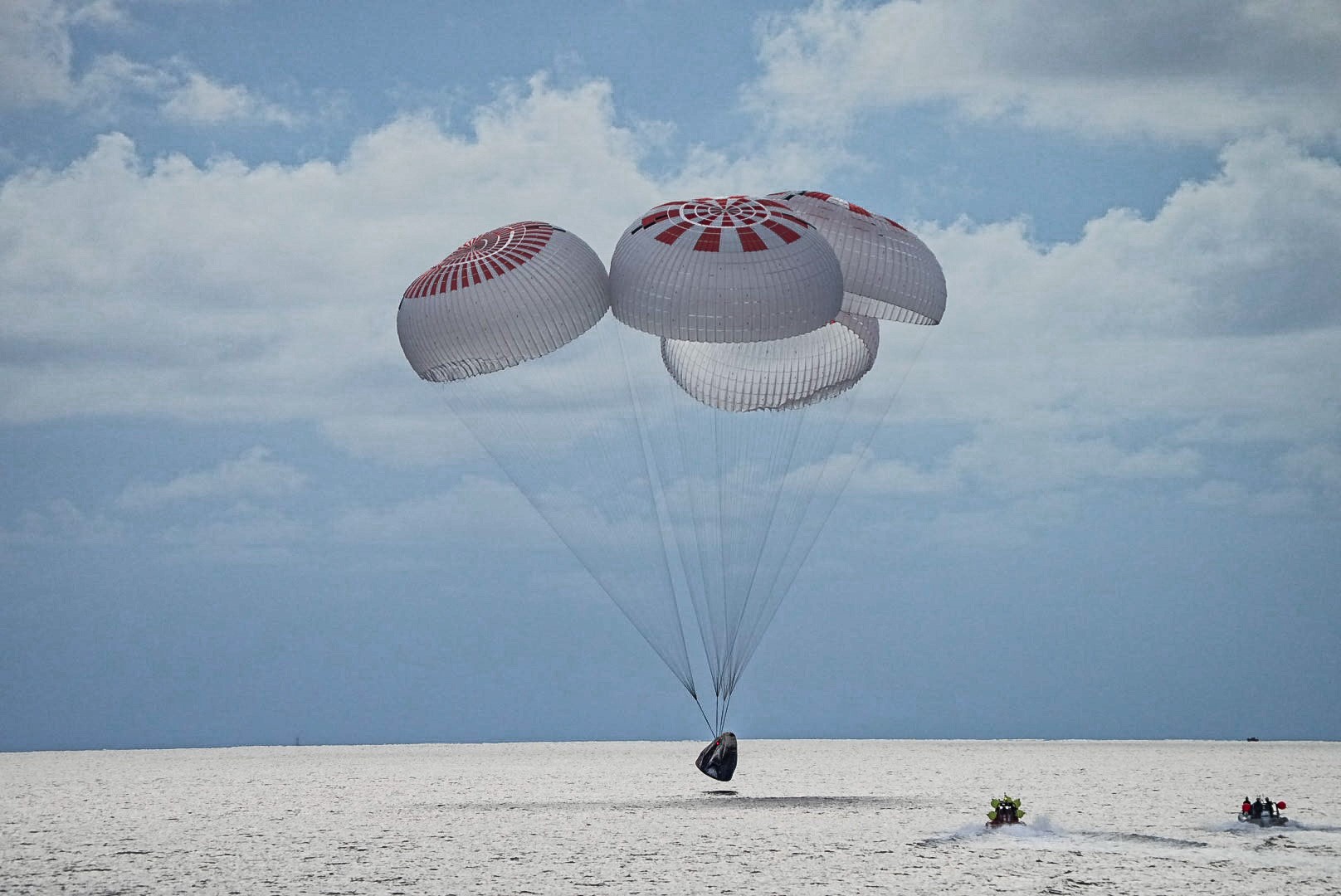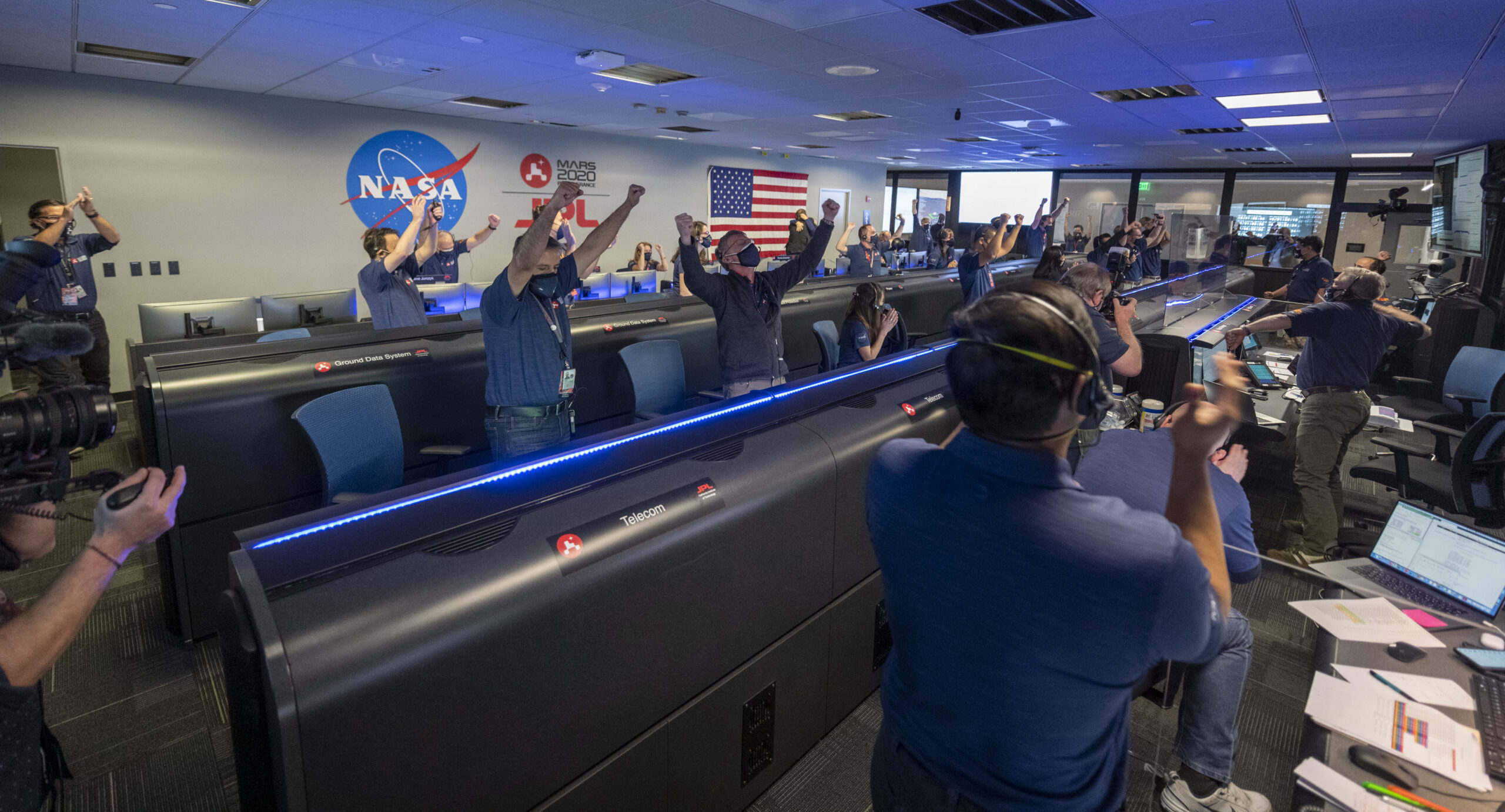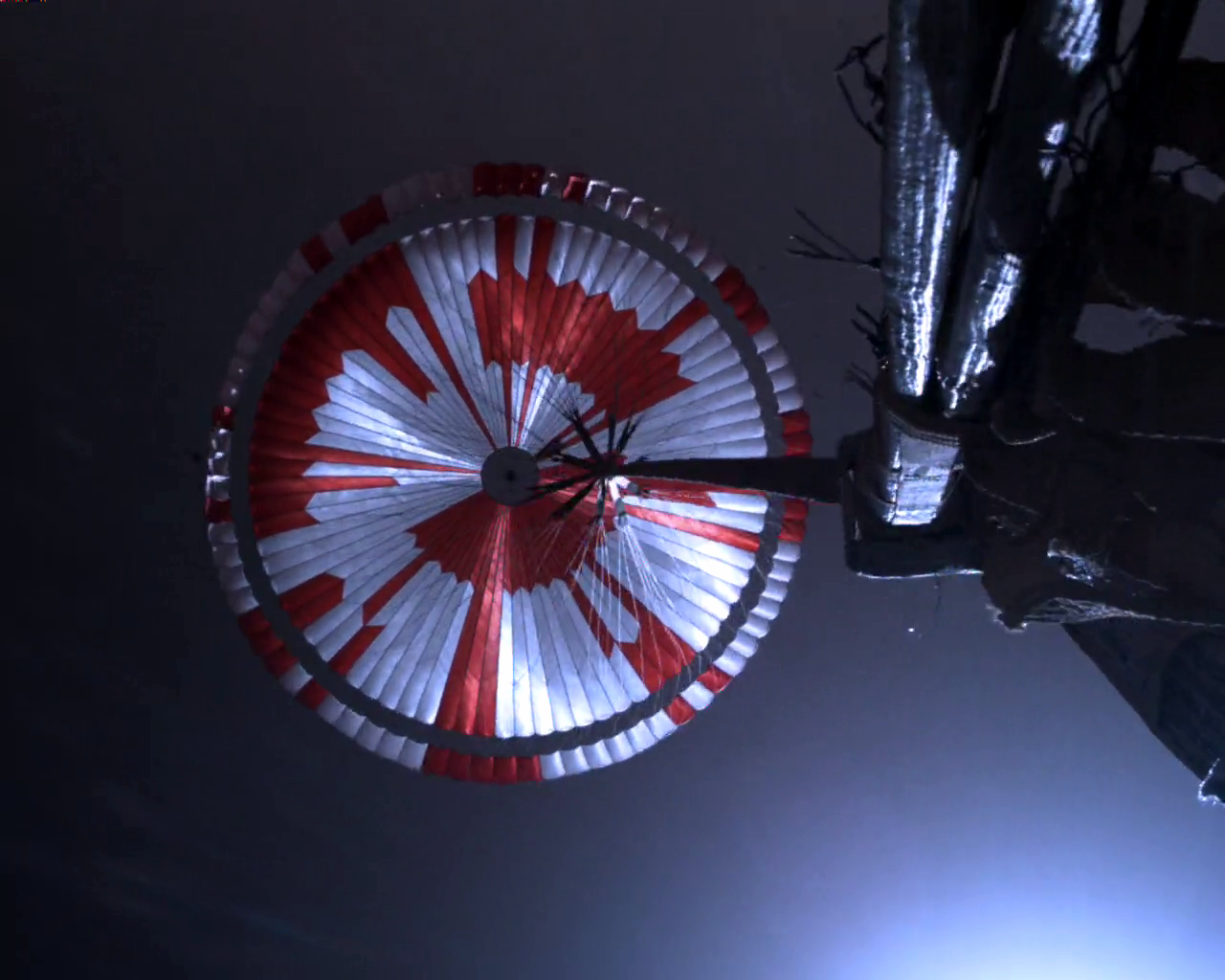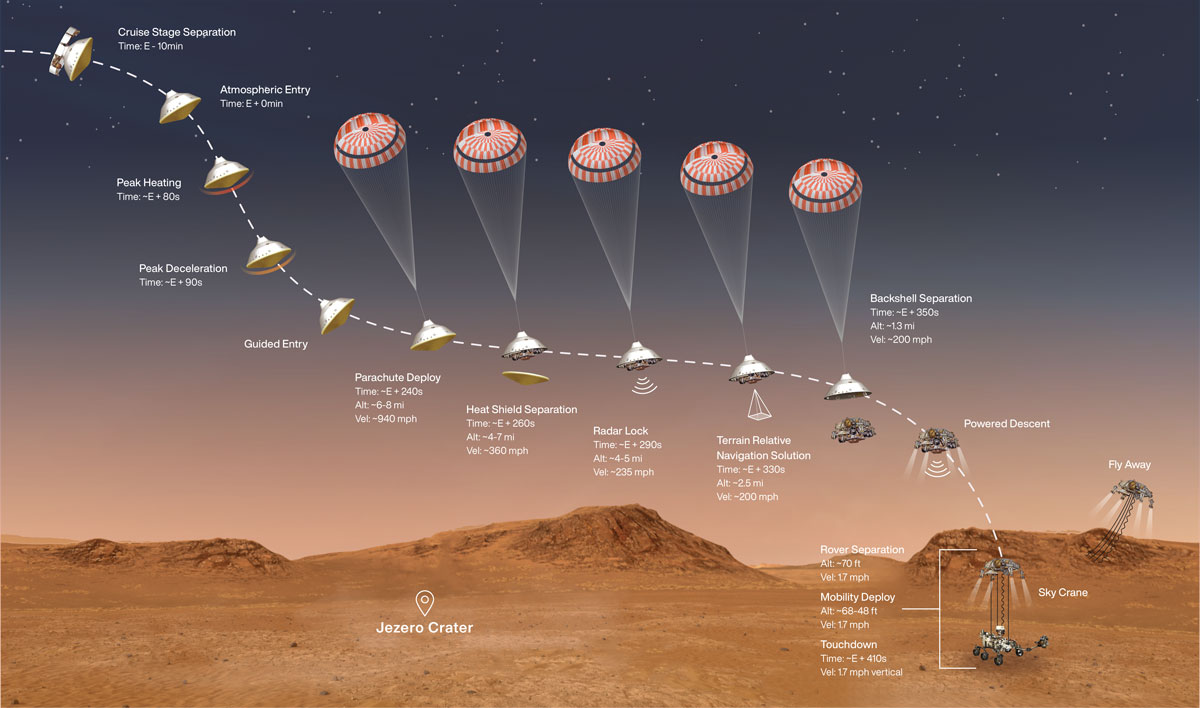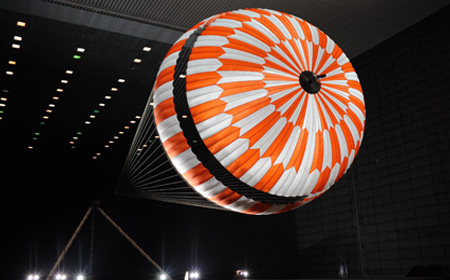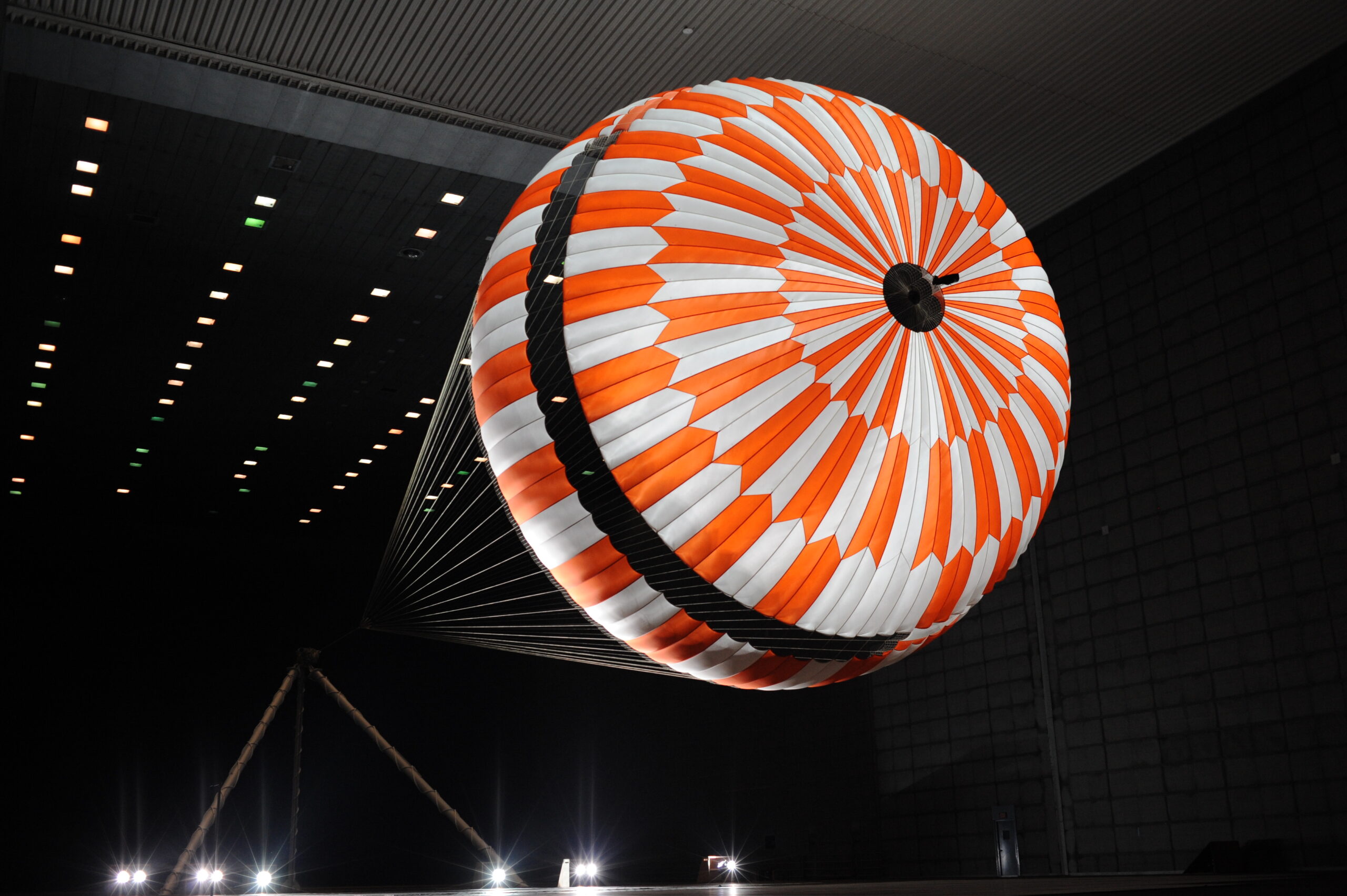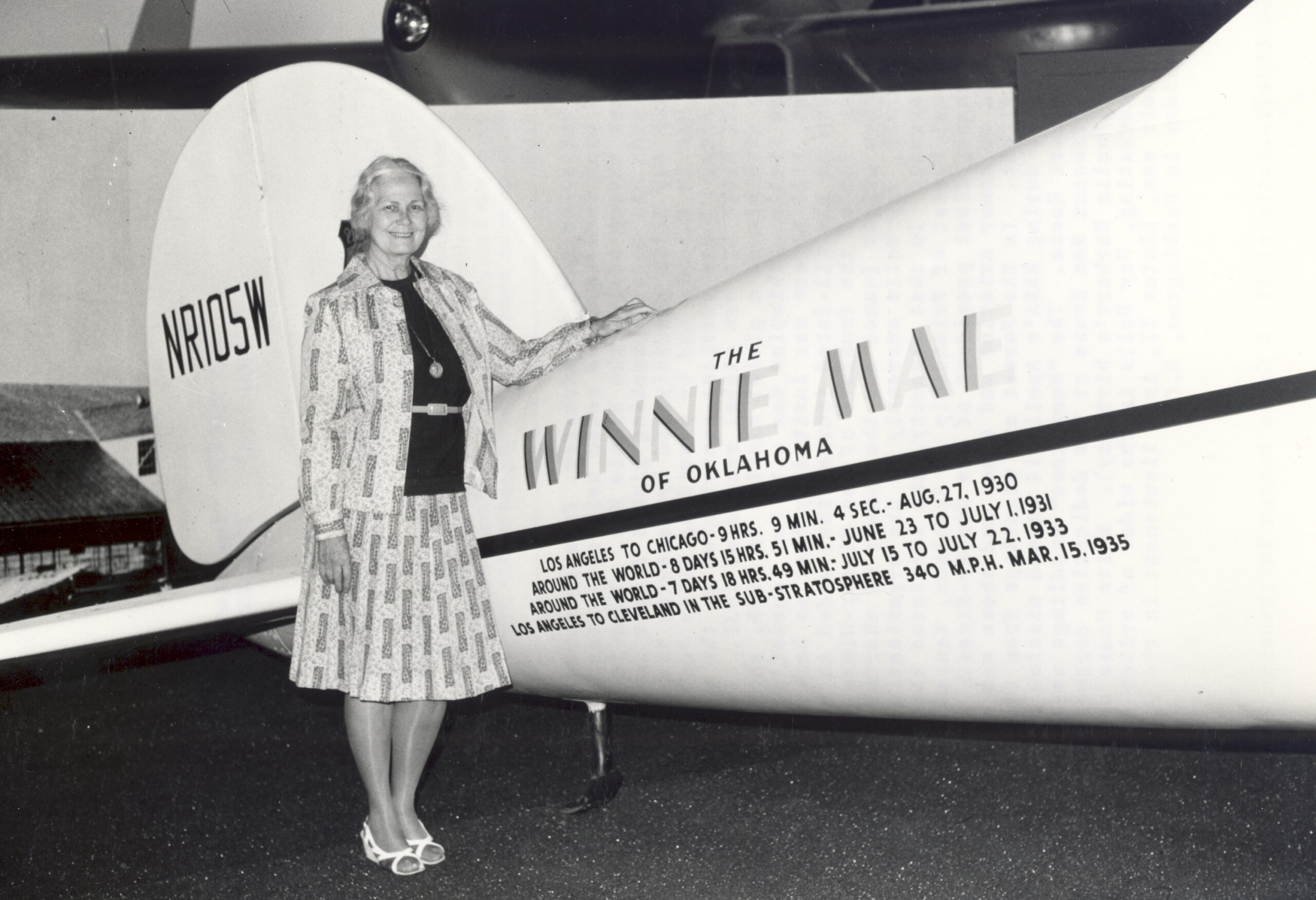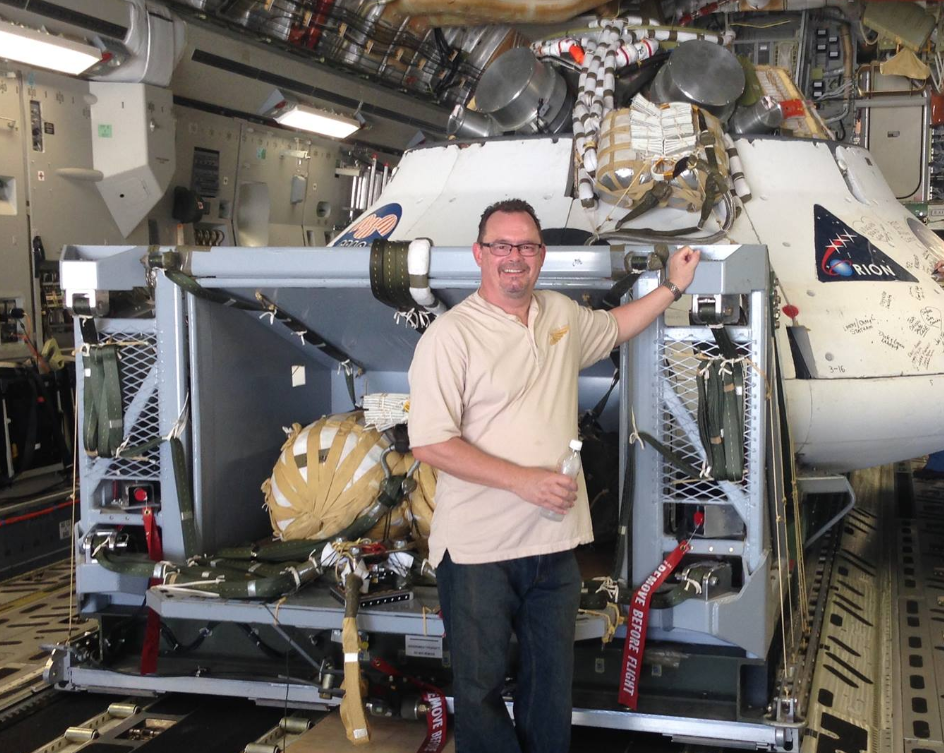ASNA (Airborne Systems North America) graduated the first 8 Military Free Fall Jumpers on the new USMC PS-2 Parachute designed and manufactured by Airborne Systems. The graduating of these jumpers along with the assessment of the United States Special Operations Command serves as the Validation and Certification for ASNA to begin the full 44 student course starting in November.
Four months ago, ASNA was awarded a 5-year IDIQ to train approximately 400 Marines each year on Basic Military Free Fall Techniques. To conduct this high-risk training ASNA has teamed with CRC (Crisis Response Company, LLC) and Airborne Support Group, LLC. CRC is responsible for providing the highly skilled instructor and rigging staff, while Airborne Support Group provides the aircraft.
The 4 week course takes a Marine who has never conducted Military Free Fall training though an intense train up of ground classes, emergency procedures, wind tunnel training, actions in the aircraft, body flight, and canopy control. After approximately 30 jumps the students make their final high altitude jump at night using night vision goggles, oxygen system and full combat equipment signaling the proficiency gained during their training.
Over the last century, Airborne Systems has strived to innovate and continue to evolve the aerial delivery landscape. Over the last 100 years ANSA has designed, tested, and manufacture parachutes for the armed forces for the United States and over 50 of our allied countries. Now we can add a dedicated Military Training Facility to our portfolio.
We are proud to start this new chapter in training and continue to be the number one parachute company in the world. Not only is this a major milestone for Airborne Systems, and its teammates but also for the USMC as they continue fielding the new PS-2 Parachute. Airborne!
Read more

